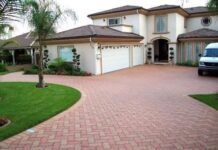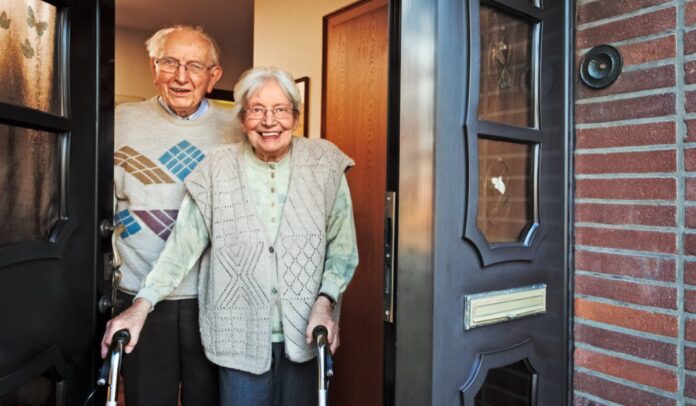
As time passes, our needs and preferences naturally evolve, particularly in terms of our living arrangements. Creating a residence tailored to the distinct needs of seniors goes beyond mere convenience; it represents a quest for a living environment that prioritizes comfort, safety, and the preservation of independence.
Whether you’re a senior aiming to enhance the comfort of your living space or a family member striving to establish a hospitable environment for an older relative, it’s vital to understand the most effective methods for crafting a senior-friendly residence. Utilize this guide to discover valuable techniques for revamping various areas of your home and constructing a secure haven for seniors.
Safety First: Eliminating Hazards
One of the first steps in making a home senior-friendly is ensuring safety. Identify and eliminate potential hazards like loose rugs, cluttered walkways, and slippery floors. Install handrails and grab bars in high-risk areas such as bathrooms, hallways, and staircases. Also, consider replacing doorknobs with lever handles for easier gripping and turning.
Smart Lighting Solutions
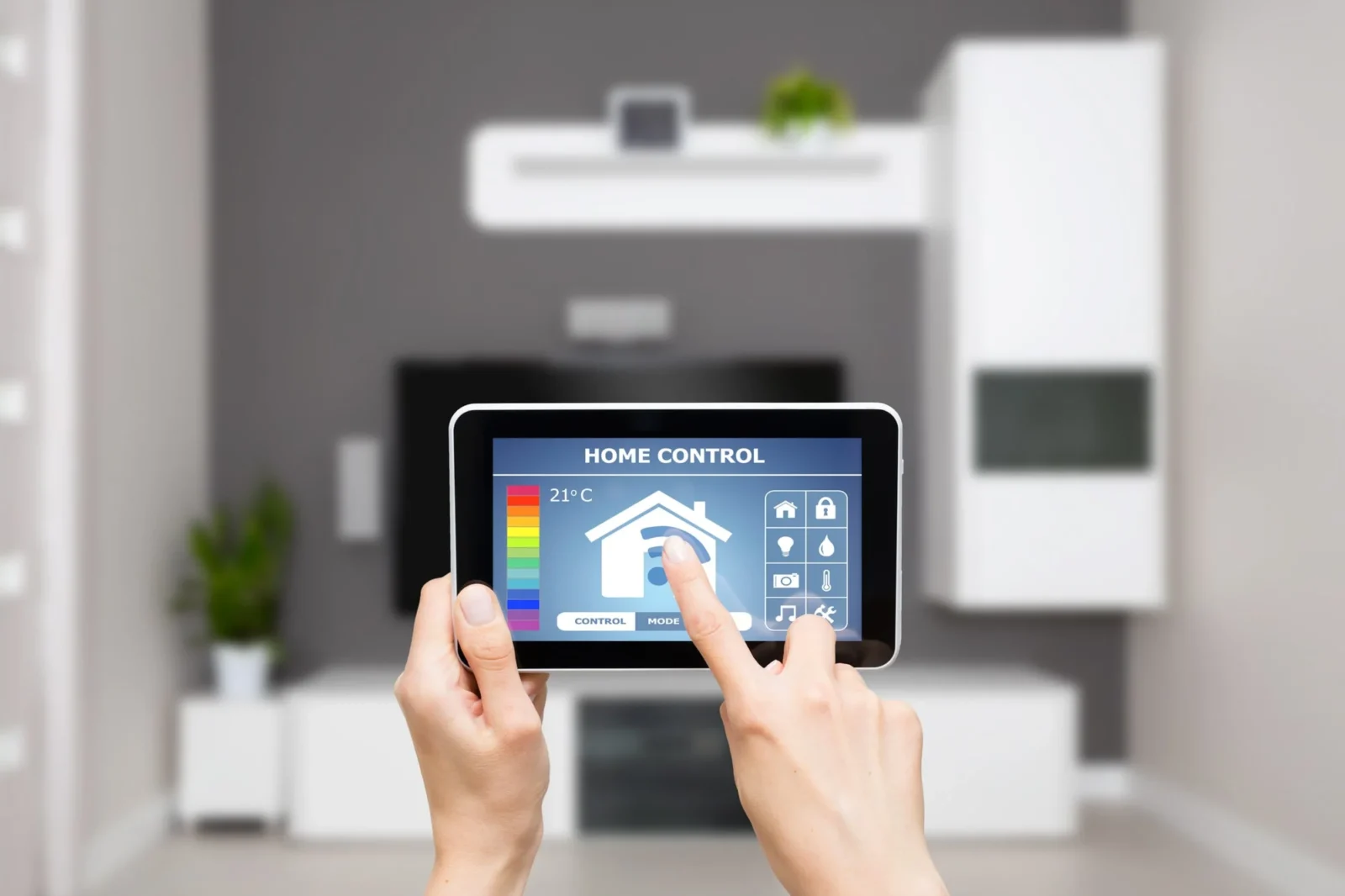
As we age, our eyesight tends to decline. Adequate lighting is crucial for seniors to navigate their homes safely. Ensure each room is well-lit and consider installing motion sensor lights in hallways and bathrooms. Task lighting in the kitchen and reading areas can be beneficial. Also, use light switches with large, easy-to-press buttons and label them clearly.
Rethink the Bathroom
Bathrooms can be one of the most challenging areas for seniors. Make these spaces more senior-friendly by installing a walk-in shower with a bench and a handheld showerhead. When choosing the ideal walk-in shower, consider a reputable brand like Freedom Showers, with extensive experience creating accessible products. Their accessibility professionals can help you customize the ideal bathroom for your loved ones with physical or age-related accessibility needs.
You should also consider a raised toilet seat or a wall-mounted toilet to make it easier to sit and stand. Non-slip mats and grab bars are essential additions to prevent slips and falls.
Kitchen Modifications
The kitchen is the heart of any home, and seniors should be able to continue cooking and enjoying meals safely. Lower countertops or install adjustable ones to accommodate wheelchairs or mobility aids. Replace traditional knobs on cabinets and drawers with easy-to-grip handles. Store frequently used items at waist level to minimize bending and reaching.
Bedroom Comfort
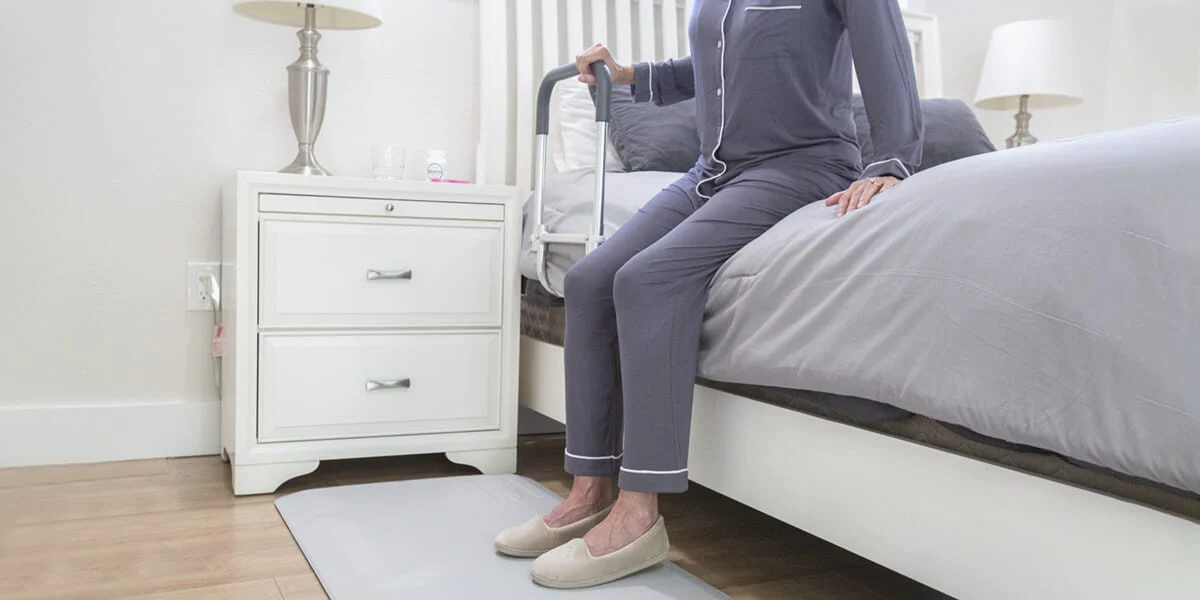
Bedrooms should be comfortable and accessible. Ensure there’s enough space to move around quickly and the bed is suitable for sitting and standing. Consider a remote-controlled adjustable bed for added convenience. Install nightlights for easy navigation during the night and keep a phone or emergency call button within reach.
Adequate Seating Throughout the Home
Seniors often require more breaks and may need to sit down during daily activities. Ensure ample seating throughout the home, especially in areas where seniors frequently spend time, such as the living room, kitchen, and garden. Chairs with armrests can provide additional support when sitting and standing.
Flooring Matters
The right flooring can make a significant difference in a senior-friendly home. Opt for slip-resistant flooring in high-traffic areas. Remove or secure any loose carpets and rugs to prevent tripping hazards. Hardwood or laminate floors are easier to clean and maintain than deep-pile carpets. If you must have carpets, choose low-pile options.
Accessible Entryways
Ensure that entryways are accessible to seniors, including those with mobility aids. Install ramps if needed and ensure there are handrails on both sides. Check that the front door has a wide clearance for wheelchairs and mobility scooters. A peephole at a lower height can be helpful for seniors to see who’s at the door.
Consider Smart Home Technology

Embracing smart home technology can significantly enhance a senior-friendly environment, enabling your loved ones to age in place seamlessly. Smart thermostats, lighting systems, and security setups can be remotely operated, simplifying home management. Voice-controlled gadgets like Amazon Echo or Google Home can aid seniors in overseeing different elements of their residence, such as modifying the temperature or activating lights.
Emergency Preparedness
Incorporate emergency preparedness into your senior-friendly home. Ensure that smoke and carbon monoxide detectors function correctly and have fresh batteries. Install a home security system that includes medical alert options. Create a list of emergency contacts and place it where it’s easily accessible, such as on the refrigerator.
Declutter and Organize
An organized home is a safe home for seniors. Reduce clutter and unnecessary items to create more open spaces. Use storage solutions like shelves, cabinets, and baskets to keep belongings organized and out of the way. Label containers and drawers to make it easier to find what’s needed.
Maintain a Comfortable Temperature
Seniors are more sensitive to temperature changes, so it’s crucial to maintain a comfortable environment. Ensure that heating and cooling systems are in good working order. Consider installing a thermostat with larger, easy-to-read numbers. Provide blankets and cozy seating options for warmth during colder months.
It’s also important that thermostats and heating/cooling controls are within easy reach and use. Seniors may need to adjust the temperature more frequently, so user-friendly controls are essential. Remote control options or smart thermostats can be particularly convenient.
Regular Maintenance and Check-Ups
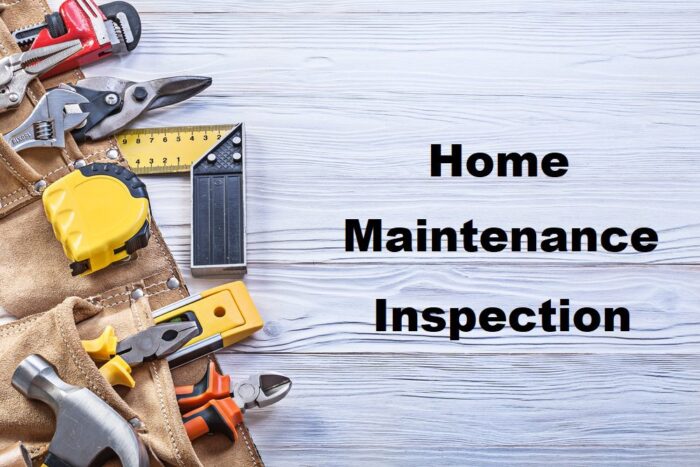
Maintaining a senior-friendly home requires ongoing attention. Schedule regular maintenance checks for plumbing, electrical systems, and safety features like handrails and grab bars. Address any issues promptly to ensure that the home remains safe and comfortable.
Seek Professional Guidance
If you’re unsure about making the necessary modifications to create a senior-friendly home, consider consulting with professionals. Occupational therapists and certified aging-in-place specialists can assess your home and recommend changes to improve safety and accessibility.
Conclusion
Designing a home suitable for seniors involves more than just adjusting to the physical alterations that accompany aging. It’s about safeguarding independence, comfort, and self-respect. By heeding these recommendations and implementing considerate alterations, you can convert your residence into a warm and accommodating environment where seniors can flourish and savor an exceptional quality of life. Keep in mind that each person’s requirements are distinct, so customize these pieces of advice to suit your particular circumstances and desires. Your efforts will enhance safety and provide peace of mind for seniors and their caregivers.

